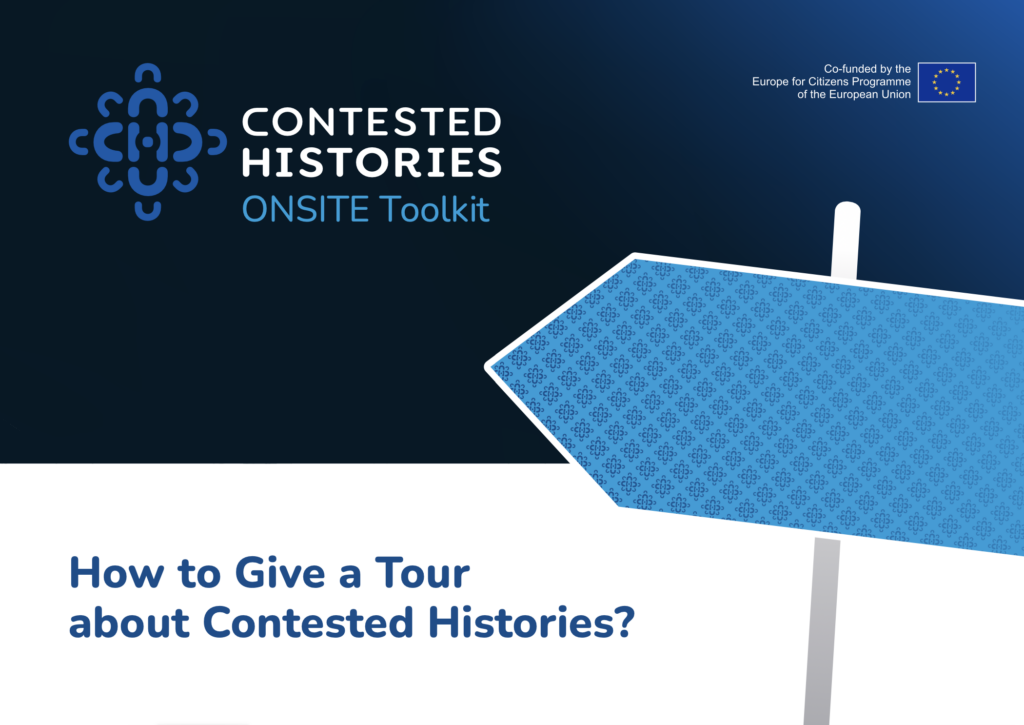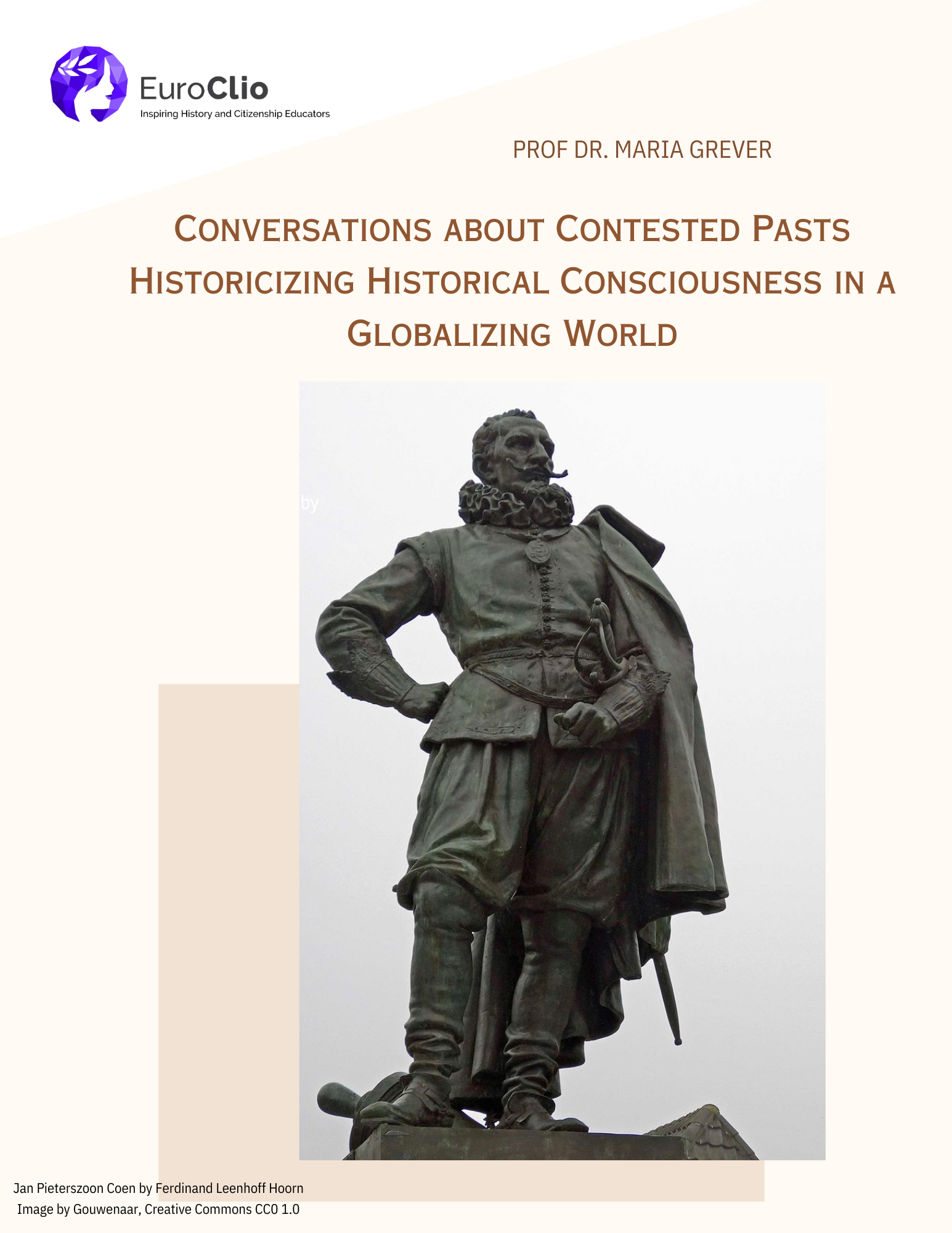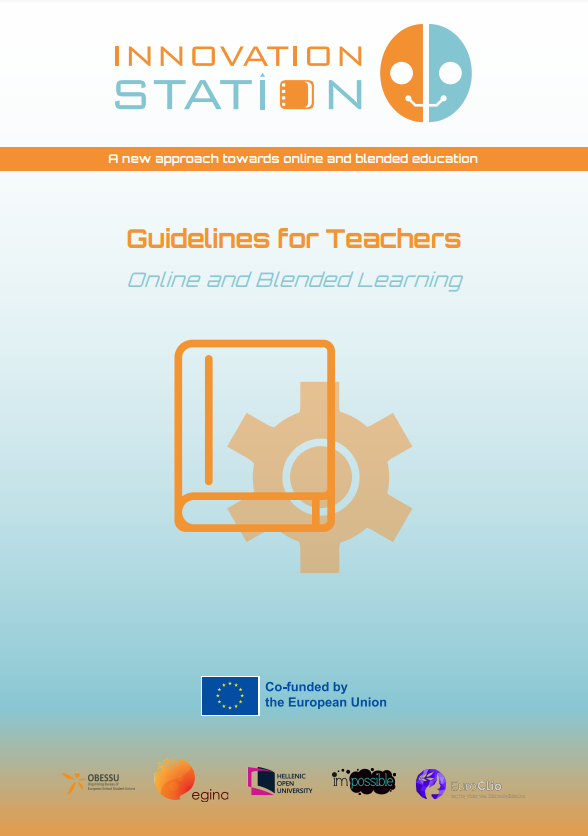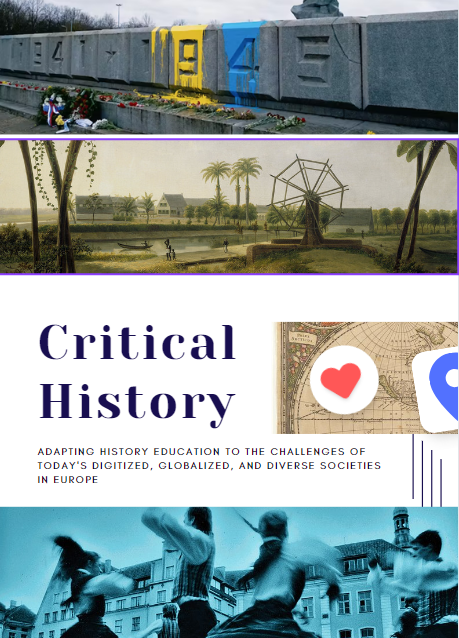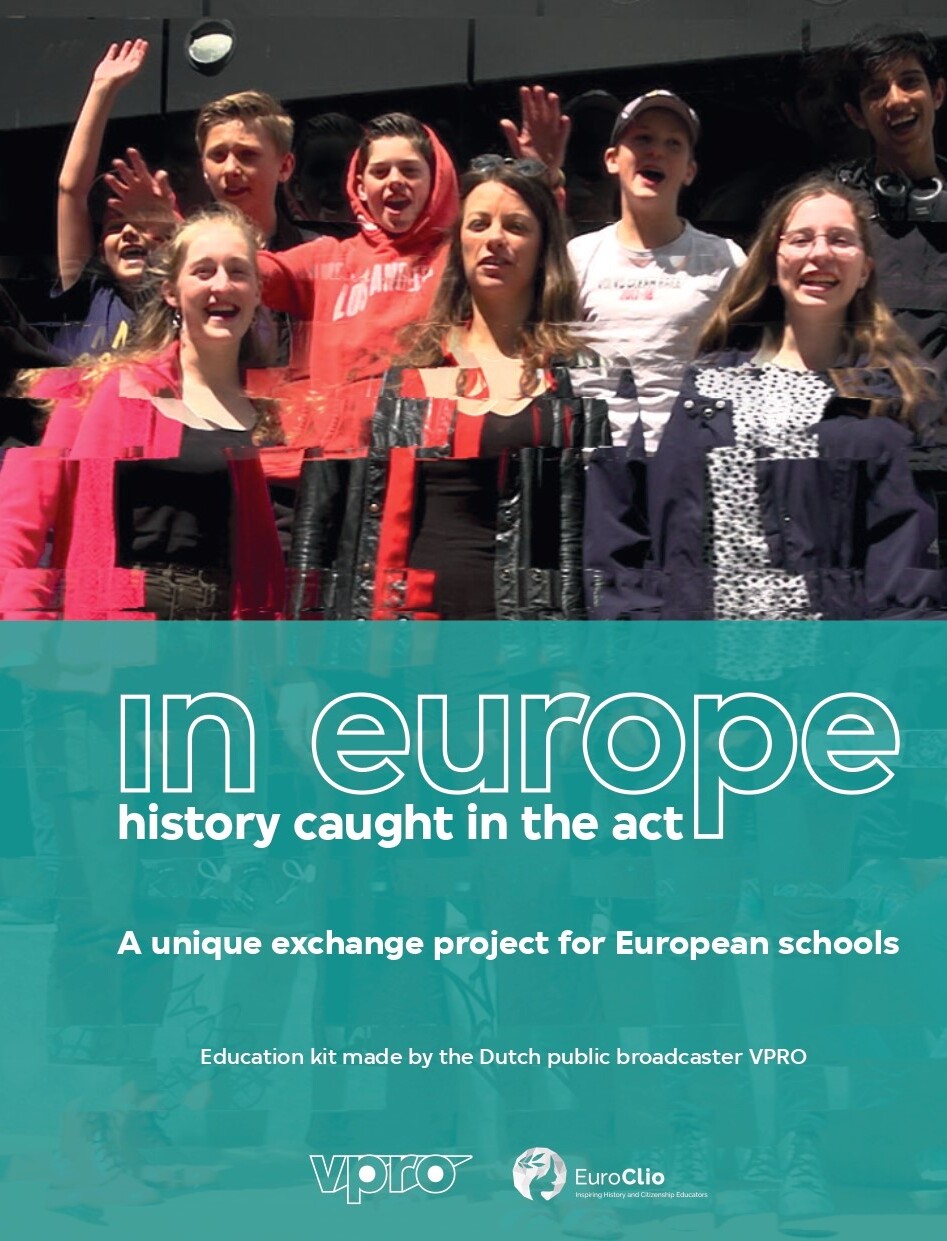Often, students encounter difficulties in realising that historical developments, discoveries and achievements, such as scientific discoveries, are carried out by individuals who come from a troubled background, who encountered challenges in their life they had to overcome. Such challenges are, in fact, overlooked, preferring to focus on the impact the development, discovery, or achievement had on history and society. With this practice, students are faced with the life stories of important historical individuals, and invited to reflect on the challenges they faced. Ultimately, they are invited to compare and contrast not only different life stories, but also challenges of the past with challenges of today, developing in this way they critical thinking abilities, as well as tackling an important barrier to quality history and citizenship education: students’ difficulty in seeing the connection between past and present.
The Practice
This practice is suitable for the duration of one lesson, and can be applied to classrooms with students aged 14 or older. It requires, however, some preparations on the part of the teacher.
Before entering in the classroom, in fact, the teacher should individuate some historical figures that are suitable for tackling the selected topic. Such figures should have the following features:
- Either them or their discoveries, role in historical developments, or achievements should be known to the students;
- Their life story should feature some challenges, such as the fact that they had to face racism, or gender-based discrimination, etc.
The fact that the figures come from the same time period or that they had to face the same challenges is not relevant for the implementation of the practice. What is important, however, is that the challenges that they had to face are still relevant nowadays, and that pupils can somehow relate or understand their stories.
In the case of Milos Vukanovic’s practice, such figures were five scientists: Alan Touring, Albert Einstein, Charles Drew, Nikola Tesla, and Rosalind Franklin.
Once selected the figures, the teacher should summarise their story in one or two A4 pages, mentioning throughout the life story the challenges that they had to face and how they could overcome such challenges. In our example, the life story of Albert Einstein would say that “the Einstein family were non-observant Jews”, that “in 1933 he left Europe for California in the USA”, and that “his significant knowledge in maths and physics was noted. He was therefore sent to Aarau”.
Once these preparations are finished, the lesson can actually begin. The lesson is divided in four parts:
- Students are asked to brainstorm about the topic selected by the teacher. This brainstorming is guided by the teacher by means of few questions, such as “can you think of any important historical figures related to this topic?”, or “what do you think is the impact that this topic has had on your life?”. In this phase, it is also advisable to ask pupils about scientists and historical figures from their own country or region.This brainstorm helps students fix the knowledge they already have about the topic, and create their own expectations on what they are going to learn from the lesson.
- Students are divided in as many groups as the life stories created by teachers. It is advisable to have at least 4 groups, so that all students can participate. Each group receives a life story, and is asked to investigate the following questions:
how does the work of your specific historical figure impact your life?
what couldn’t you do if it weren’t for them?
how did their work impact their own life? - Students, still within their groups, discuss the life story of their historical figure. This time, they tackle the following questions:
what in the life of your historical figure helped them to do their work and/or prevented them from doing their work?
b. how did society and/or individuals impact their work?Once they have discussed the questions, they are asked to present their findings to the rest of the classroom. They can choose the presentation method they prefer, however it is advisable to provide them with flipcharts and markers, so that they can develop a physical support for their presentation. - Finally, the classroom is brought back together to reflect on the challenges historical figures faced in carrying out their work. Students are asked to discuss the following question: “looking at all the challenges your historical figures had to face, and the solutions that they found, can you identify any similarities or differences?”. To help students with this discussion, the teacher could prepare a list of features that might cause challenges, and write it on the board. In the case of Milos’ implementation of the practice, the features were: personality, religion, society, gender, living conditions, historical period, country where they grew up.One the challenges, similarities, and differences are discussed, the teacher asks the final question: do you think the features that determine challenges are still relevant today? Could you provide some examples?
Students could be asked to answer this question either in the classroom or as homework. In the second case, it is important, however, that the answer is discussed within the classroom on the following lesson, to fix the notions acquired.
Obstacles and lessons learned
Throughout the activity, pupils with a higher scientific knowledge, or more familiar to the history of scientific progress, will be trying to show their knowledge to the rest of the class. It is important that such pupils are allowed to do so, but not to take over the discussion: the teacher must ensure that all pupils have the opportunity to intervene and have a saying.
A second obstacle that teachers might encounter is the fact that for some students acts of racism might not be so clear or obvious. In countries with a small or non-existent racial minorities, in fact, pupils might neglect acts of racism which they consider normal as they happen on a daily basis: for example, they can say there is no racism in their country, failing to realise the (racist) attitude toward Roma populations in their country. In addition, throughout the discussion, the topic of positive discrimination might come up. In this case, the educator needs to be prepared to explain this social construct, and why it is necessary.
Finally, especially with older pupils, the lesson might turn into a debate on civil rights. Such debates should be facilitated by educators, without, however, letting the discussion go too far.
The effect of the practice
The practice allows students to express their opinion on (sometimes controversial) social issues and to discuss their difference of points of view. Especially when it comes to younger pupils (aged 14), this might be one of the first opportunities for debates in the classroom, and the use of the life stories of “famous people” would help them to find arguments and express their opinion in a nuanced way. Students found it more comfortable to speak about controversial social issues when it is accompanying a story of a famous person witch has a widely positive historical perspective. In addition to this, pupils become also more aware of the effect history and historical events have on their lives, and of how social norms in the past differ from (and to what extent they are, on the other hand, similar to) today.
About the interviewee
Milos Vukanovic is a historian from Montenegro currently employed in the National Museum of Montenegro. As one of the founders of the Association of History Educators of Montenegro he has been engaged in several EuroClios projects as author, editor, and coordinator for Montenegro in the “History that Connects” and “Learning History that is not yet History” projects.
Within the project Strategies for Inclusion, he has been a Special Interest Group Member for the group “Blind and Partially Sighted and Deaf and Hard-of-Hearing”.
Background to the project
During the development of the Educational Resources for the project Strategies for Inclusion (of which this Collection of Practices is integral part), Milos decided to tackle the barrier of connectedness between past and present while, at the same time, aiming at further develop students’ ability of comparing and contrasting information. To do so, he developed an Educational Resource with the title “What challenges do scientists face”, dealing with the life stories of five different scientists and with the analysis of the constraints and facilitators of their scientific discoveries and achievements. Life stories, however, can be used not only for the study of scientific achievements, but also for the study of historical developments and discoveries. For this reason, this practice has been collected also separately, as a guiding skeleton for the development of activities relating to life stories of other historical figures.
Additional Information
This practice derives from the Educational Resource “how to ensure that the best scientists thrive?”, available on the eLearning portal Historiana.eu.
Written by Alice Modena (EuroClio) on the basis of the Educational Resource “How to ensure that the best scientists thrive?” and on input provided by Milos Vukanovic (Institute) in Metlika on 12 July 2018.

